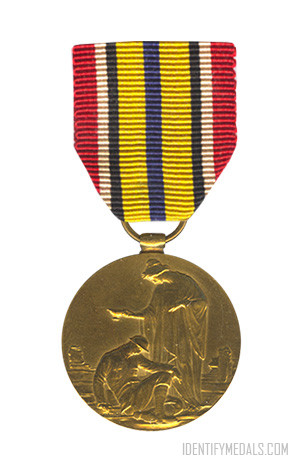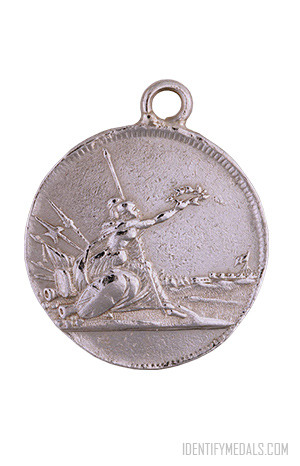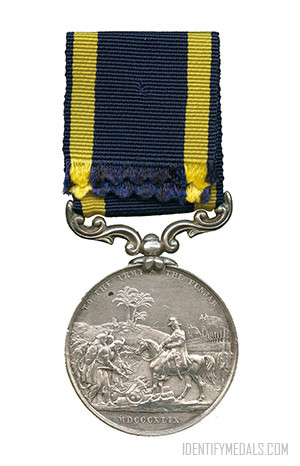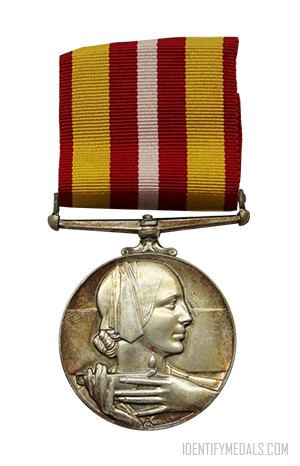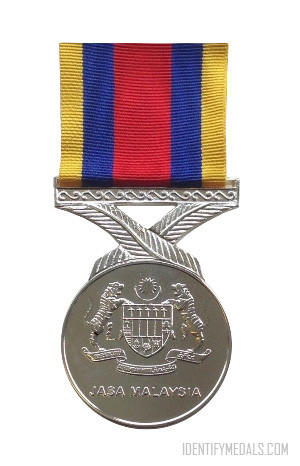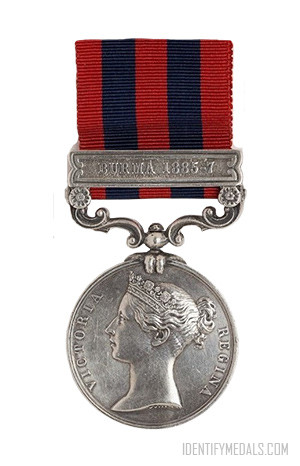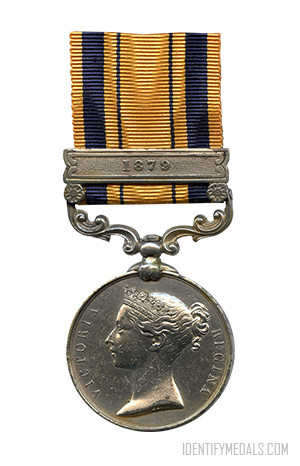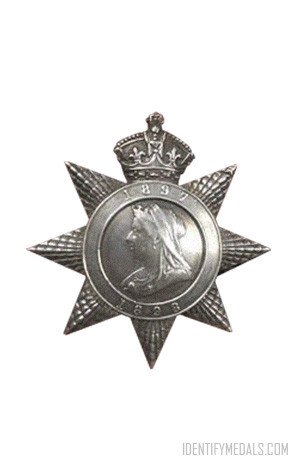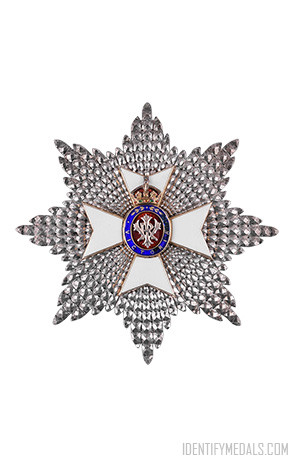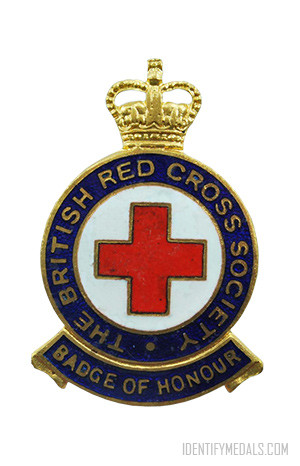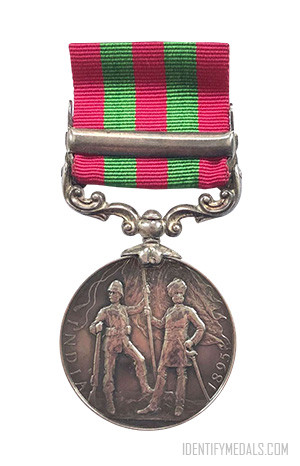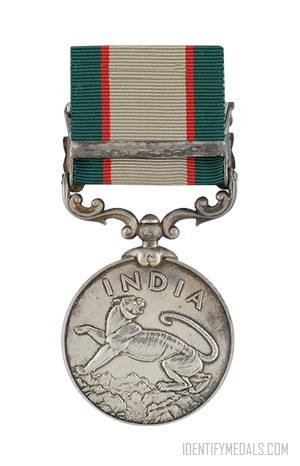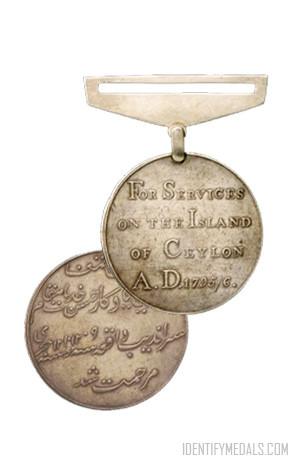- Time Period: The Great War WW1
- Year of Institution: November 1920
- Country: Great Britain
The Allied Subjects’ Medal is a British decoration instituted in 1920 and distributed by the Foreign Office to citizens of allied and neutral countries who gave assistance to British and Commonwealth soldiers – especially escaped prisoners of war, behind enemy lines between 1914–1918. Most medals were awarded to Belgian and French citizens, although Danish, Dutch and other nationals also received it.
Because of delays caused by discussions within Government on the precise form and design of the award meant that it was only manufactured and distributed in 1922.
In France and Belgium, it was generally referred to as Médaille de la Reconnaissance britannique or Médaille de la Reconnaissance anglaise, after the Médaille de la Reconnaissance française.
In total, 134 silver and 574 in bronze medals were awarded, nearly half to women. In addition, 28 further foreign nationals who had rendered notable assistance received honorary appointments to the Order of the British Empire, while about one thousand others received letters of thanks for their services.
The Allied Subjects’ Medal Design
The medal was struck in silver and bronze, and measures 36 millimeters (1.4 in) in diameter. Both medals have the same design.
The obverse shows the left facing bareheaded effigy of King George V with the inscription “GEORGIVS V BRITT: OMN: REX ET IND: IMP:“. The reverse bears a female allegory of Humanity offering a cup to a British soldier resting on the ground, with ruined buildings in the background.
The ribbon is 25 millimeters (1.0 in) wide, and incorporates the French and Belgian national colors: It’s red with a light blue center, flanked by stripes of yellow black and white.
The medal was awarded unnamed.
The medal has a ring suspension.

